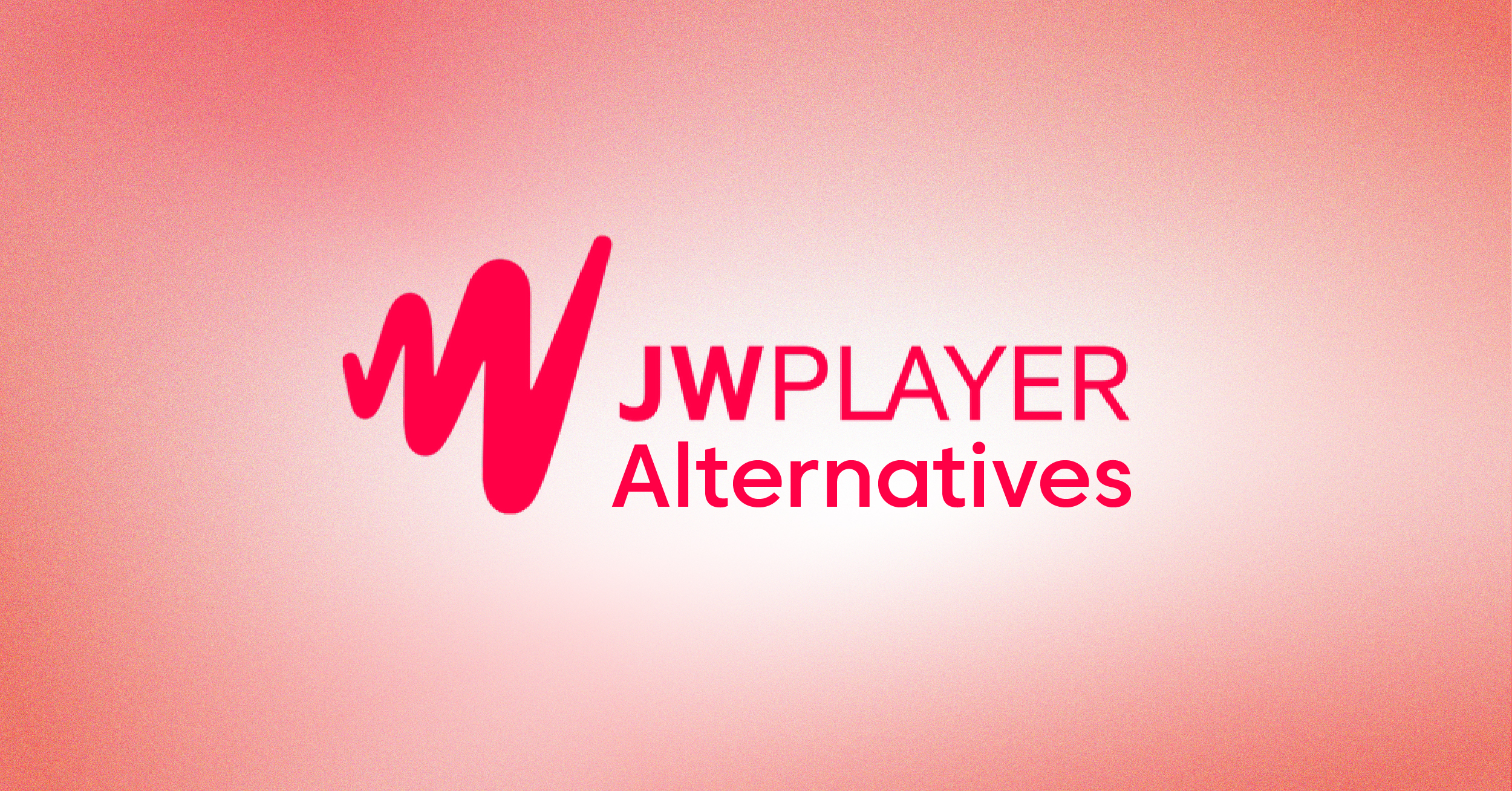Sports broadcasting has come a long way since its inception. From the early days of radio broadcasts to the advent of television, how we consume sports has continually evolved. The traditional method of broadcasting sports involved a complex setup of physical hardware. It was often limited to a single platform. However, the rise of the internet and digital technology has transformed the landscape of sports broadcasting.
Digital broadcasting has allowed for the delivery of live sports events to global audiences through multiple platforms. These platforms include streaming services and social media. This shift to digital has expanded the reach of sports broadcasters and enhanced viewer engagement. This happens through high-quality content and personalized experiences.
This blog post will explore this paradigm shift. We’ll explain how cloud-based solutions are revolutionizing live sports broadcasting.
What is Cloud Playout?
Cloud playout is a technology that allows media content to be broadcast from the cloud. It’s a game-changer for sports broadcasting. This technology enables media companies to deliver live sports events to audiences worldwide across multiple platforms.
It’s all about streaming live events from the cloud, making sports broadcasting more efficient and accessible. The use of cloud-based production tools provides seamless integration with streaming platforms and social media platforms. This means sports broadcasters can reach diverse audiences with high-quality content.
The dynamic media landscape embraces cloud playout, promising cost savings, and operational efficiency. It’s a paradigm shift in how live sports are broadcasted, offering global viewers a broader range of viewing options.
The Rise of Cloud Technology in Broadcasting
The broadcasting industry is shifting towards cloud technology. Cloud-based solutions offer cost savings and operational efficiency. They also enable live event delivery to global audiences. Major players like Castr are at the forefront, providing various services. They offer content storage and live streaming. Media companies use these platforms to streamline workflows and enhance content quality.
The popularity of streaming services is driving this shift. More viewers choose these platforms for video consumption. The demand for cloud-based production tools is increasing. In 2022, the cloud-based video streaming market was valued at USD 14,420 million. By 2032, it is projected to reach USD 71,807 million. This represents a CAGR of 17.4%. The Cloud TV market also shows significant growth. In 2021, its size was USD 1,634 million. By 2029, it is expected to grow to USD 7,761 million. This growth reflects a CAGR of 21.5% from 2022 to 2029.
The data underscores a clear trend- cloud playout is on the rise. As technology advances, more broadcasters are adopting cloud streaming solutions. This shift is reshaping how content is produced, managed, and distributed. The future of broadcasting looks increasingly cloud-based, promising enhanced flexibility and efficiency.
Key Benefits of Cloud Playout for Live Sports
Cloud playout brings a host of benefits to live sports broadcasting. Here are some key advantages:
1. High-Quality Content: Cloud-based solutions ensure high video quality for live events. They offer seamless integration with multiple platforms, making content delivery to global audiences efficient and effective.
2. Cost Savings: Cloud-based production tools minimize the need for physical hardware, leading to significant cost savings. They streamline workflows, making the entire process more cost-effective.
3. Greater Viewer Engagement: Cloud playout allows broadcasters to deliver live sports on various streaming and social media platforms. This increases viewer engagement as many viewers now use these platforms as their primary source of video consumption.
4. Personalized Content: Sports broadcasters can tailor content to individual preferences with cloud-based production. Predictive analytics and data-driven decision-making inform content acquisition and placement, leading to more relevant content and targeted advertising.
5. Operational Efficiency: Cloud adoption enhances operational efficiency. It allows for better resource utilization high availability, and minimizes downtime with backup systems.
6. Expanded Revenue Opportunities: The paradigm shift to cloud playout opens new revenue opportunities. Dynamic ad insertion fills programming gaps with targeted ads, while the growing popularity of live streaming offers potential for subscription and pay-per-view models.
In short, cloud playout is revolutionizing sports broadcasting, offering a broader range of benefits to media companies, sports leagues, and audiences worldwide.
How Does Cloud Playout Enhance Viewer Experience?
Cloud playout has transformed the viewer experience in live sports broadcasting. With cloud-based solutions, media companies can deliver high-quality video and stable live streaming. This significantly improves over traditional broadcasting methods, which often suffer from video quality issues and interruptions.
Cloud technology also allows for interactive features that were not possible before. For instance, viewers can choose from multi-camera angles during live events, enhancing their viewing experience. They can access personalized content tailored to their preferences thanks to data-driven decision-making.
Moreover, cloud-based production tools enable seamless integration with social media platforms and other streaming services. This means viewers can enjoy live sports on multiple platforms, from traditional TV to their favorite social media sites.
The high availability of cloud infrastructure minimizes downtime, ensuring that live events are always accessible to audiences worldwide. This is crucial for sports broadcasters, as many viewers now consider live streaming their primary source of sports content.
In addition, cloud playout offers cost-effective options for delivering live events. Reducing the need for physical hardware and streamlining workflows allows broadcasters to focus more on content creation and less on technical issues.
Challenges of Implementing Cloud Playout
Setting up cloud playouts for live events can present a few challenges. The initial setup and training for remote production can be a hurdle. It requires understanding new streaming solutions and video processing techniques. This can be daunting for content owners who are used to traditional methods.
Reliability and connectivity are also concerns. Live video needs a strong and stable connection. Any disruption can affect live broadcasts, leading to viewer dissatisfaction.
Reporting tools are essential for gaining insights into viewer behavior. However, understanding and using these tools can be challenging. They are crucial for effective ad placement and content scheduling based on viewer preferences.
Finally, the goal is to minimize downtime. This is a challenge as it requires broadcasters to switch quickly between channel lineups. Despite these challenges, cloud playout’s cost-effectiveness and potential benefits make it worth exploring further.
Latency Reduction: Bringing Live Action Closer to Real-Time
Latency in broadcasting refers to the delay between a live event and its viewing on screen. This delay can disrupt the viewer experience, especially for live broadcasts. Modern broadcasting has found a solution to this problem through cloud playout.
Cloud playout can significantly reduce latency and allow broadcasters to deliver live action more quickly. For example, Castr’s TV playout delivers video to viewers in less than a second.
How Cloud Playout Improves Production Workflows
Cloud playout is transforming the way live events are produced and broadcast. It offers a streamlined process for remote production, making it easier for teams to collaborate. Collaboration tools help share and manage tasks efficiently, leading to a smoother production workflow and minimized downtime.
Streaming solutions are a key part of modern broadcasting. They allow for live video processing and broadcasting of live events. This includes everything from sports games to concerts. The use of virtual reality and augmented reality further enhances the viewer experience.
Reporting tools are also crucial to cloud playout. They allow content owners to gain insights into viewer behavior and preferences. This information can then be used to optimize content scheduling and ad placement, improving the viewer experience and increasing broadcasts’ cost-effectiveness.
In short, cloud playout is a game-changer for live broadcasts. It allows broadcasters to delve deeper into viewer preferences and behavior, leading to more engaging and successful broadcasts.
Future Trends: What’s Next for Cloud Playout in Sports?
Looking ahead, cloud playout technology is set to bring exciting changes to sports broadcasting. We can expect advancements in live event streaming solutions, focusing on remote production. This will allow broadcasters to deliver live video with greater cost-effectiveness.
Augmented and virtual reality are also expected to play a bigger role in modern broadcasting. These technologies can enhance live broadcasts, offering viewers a more immersive experience.
In addition, new reporting tools will help content owners gain insights into viewer behavior. This data can be used to optimize content scheduling and ad placement based on viewer preferences.
Finally, cloud playout is expected to minimize downtime, ensuring a seamless channel lineup for viewers. This is just a glimpse into the future of cloud playout in sports. As we delve deeper into these developments, the potential impact on sports broadcasting becomes even more exciting.
Castr’s Cloud Playout: The Game-Changer in the Broadcasting World
Castr’s cloud playout is a game-changer in the broadcasting world. It offers a range of features that make live event broadcasting more efficient and effective. One of the key features is the ability to choose your broadcast mode. This could be a one-time event, a weekly show, or a continuous loop. This flexibility allows content owners to tailor their channel lineup to their content strategy.
The transcoding configuration feature ensures a consistent viewing experience across different video resolutions. This is crucial for maintaining viewer preferences and minimizing downtime during live broadcasts.
Castr also offers easy content management. You can arrange and rearrange your content with a simple timeline as needed. This feature makes content scheduling a breeze, allowing broadcasters to focus more on producing quality content.
Adding to its versatility, Castr allows for live-stream insertion. This means you can easily incorporate live video into your existing schedule, creating a more dynamic broadcast.
Castr doesn’t stop there. It also allows for real-time adjustments to your schedule or content. This is particularly useful for remote production, where last-minute changes are common.
Finally, Castr’s cloud playout lets you stream or embed your content. This expands your reach, allowing you to send your stream to various RTMP destinations or embed it directly on your website.
In short, Castr’s cloud playout offers a comprehensive suite of streaming solutions. From video processing to reporting tools, it provides everything modern broadcasting needs. It even supports augmented and virtual reality, providing a glimpse into the future of broadcasting.
So why wait? Try Castr today and delve deeper into the world of modern broadcasting.








